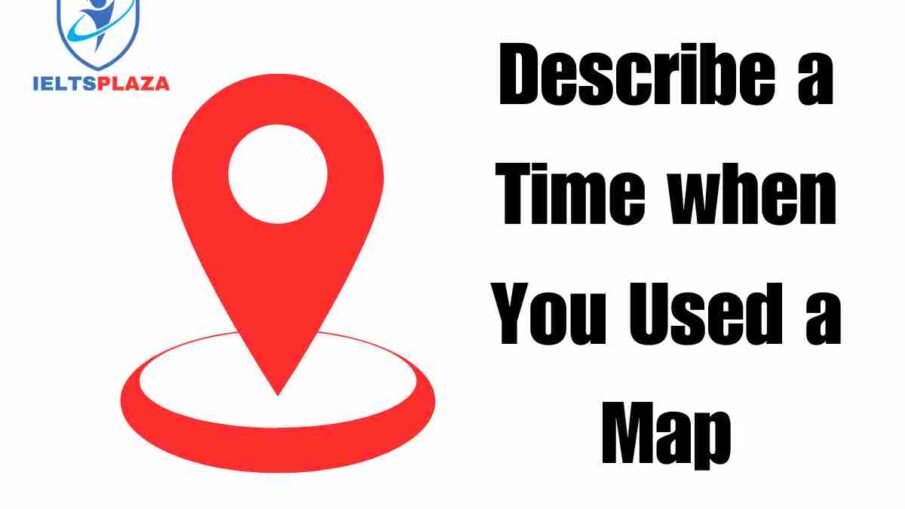Describe a time when you used a map.
You should say:
– When it was
– Where you were
– What you did
– And explain how you felt about it.
Sample Answer of Describe a Time when You Used a Map
I recall a memorable time when I used a map during a hiking trip last autumn. My friends and I decided to explore a national park that was renowned for its scenic trails and breathtaking views. We had planned this trip for weeks and were excited to escape the hustle and bustle of city life.
It was a crisp October morning when we arrived at the park. The sun was just beginning to rise, casting a golden glow over the landscape. We started our journey from the main entrance, equipped with a detailed trail map provided by the park authorities. Despite being seasoned hikers, we wanted to ensure we stayed on the right path and didn’t miss any key viewpoints.
The map was intricate, showing various trails, elevation levels, and points of interest. As we progressed, we constantly referred to the map to navigate through the dense forest. At one point, we reached a fork in the trail and were unsure which path to take. The map came to our rescue, guiding us to the left, which led to a stunning waterfall we would have otherwise missed.
We also used the map to identify a spot for our lunch break. It pointed us to a beautiful clearing with panoramic views of the mountains, providing a perfect place to rest and enjoy our packed meals. Throughout the hike, the map was indispensable in ensuring we stayed on course and made the most of our adventure.
Using the map made me feel a mix of emotions. Initially, I was a bit apprehensive, worrying that we might get lost despite having the map. However, as we successfully navigated each segment of the trail, my confidence grew, and I felt a sense of accomplishment. The experience reinforced the importance of preparation and relying on navigational tools, especially in unfamiliar terrain. It also added an element of excitement and discovery to our hike, making it a truly memorable outing.
Follow ups Describe a Time when You Used a Map
What do people usually do when they get lost?
When people get lost, they typically try to retrace their steps or seek help from locals. Many use their smartphones to access maps or navigation apps. Some might look for landmarks or signs to orient themselves. Staying calm and assessing the situation helps them make rational decisions to find their way.
What are the differences between paper and digital maps?
Paper maps provide a static, large-scale view of an area without requiring power, while digital maps offer dynamic, interactive features, including real-time updates and GPS navigation. Digital maps are more convenient for quick searches and route planning, whereas paper maps are often preferred for comprehensive overviews and offline use.
What do you think of in-car GPS navigation systems?
In-car GPS navigation systems are incredibly useful, providing real-time directions and traffic updates, which enhance driving efficiency and safety. They reduce the stress of navigating unfamiliar routes and help drivers reach their destinations more quickly. However, they require regular updates to ensure accuracy and reliability.
What do people often do with a map?
People use maps to navigate unfamiliar areas, plan travel routes, and explore new places. Maps help in locating specific destinations, understanding geographic relationships, and identifying landmarks. They are also valuable tools for educational purposes, outdoor activities like hiking, and urban planning.
Why do most people prefer to use a paper map?
Many people prefer paper maps for their reliability and ease of use without the need for batteries or internet connectivity. Paper maps provide a broad, detailed view of an area, making it easier to understand the geographic context. They are also useful as backups in case digital devices fail.
How does learning to read a map help you learn more about your country?
Learning to read a map enhances geographic literacy, allowing individuals to understand the layout and features of their country. It fosters awareness of different regions, landmarks, and natural resources. This knowledge deepens one’s connection to their homeland, promoting a sense of national identity and appreciation for diverse landscapes.
Follow- Us on IELTSPlaza Pinterest

Leave a Reply